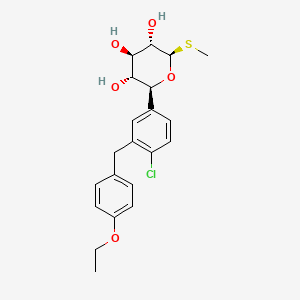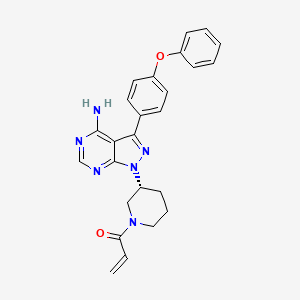Akcea Therapeutics, Inc. (NASDAQ:AKCA), an affiliate of Ionis Pharmaceuticals, Inc., and Ionis Pharmaceuticals, Inc. (NASDAQ:IONS) announced that the U.S. Food and Drug Administration’s (FDA) Division of Metabolism and Endocrinology Products Advisory Committee voted 12-8 to support approval of Waylivra (volanesorsen) for the treatment of people with familial chylomicronemia syndrome (FCS). The committee’s non-binding recommendation will be considered by the FDA in its review of Akcea’s New Drug Application for Waylivra. The PDUFA date for completion of the review of Waylivra is August 30, 2018.

3’—A*—G*—mC*—T*—T*—dmC—dT—dT—dG—dT—dmC—dmC—dA—dG—dmC—T*—T*—T*—A*—T*—5’
* = 2’-O-(2-methoxyethyl)m = 5-methyld = 2’-deoxy“We thank the committee members for their time and their comments today. The Committee’s majority vote in favor of approval is an important positive step to bring Waylivra to people with FCS who have no adequate treatment options,” said Paula Soteropoulos, chief executive officer of Akcea Therapeutics. “We look forward to working with the FDA to complete the final stages of regulatory review for Waylivra. We are committed to the FCS community and will continue to focus on bringing Waylivra, potentially the first and only treatment, to people living with this serious and potentially fatal disease.”
“Given the severity of FCS and the burden it places on patients, the need for a therapy is critical. The progress in development of a potential first-ever treatment is very encouraging. The planned efforts in monitoring and education are designed to achieve the highest levels of patient adherence, compliance and safety,” said Dr. Seth Baum, president, American Society for Preventive Cardiology. “The medical community is eager to have a medicine to treat our patients with FCS.”
The Advisory Committee reviewed data from two Phase 3 clinical trials, APPROACH and COMPASS, as well as the ongoing APPROACH Open Label study for Waylivra. Results from the phase 3 APPROACH trial, the largest study ever conducted in patients with FCS, show that patients with FCS treated with Waylivra achieved a statistically significant mean reduction in triglycerides of 77% from baseline and decreased risk of pancreatitis. The most common adverse events in the APPROACH study were injection site reactions and platelet declines. The Committee's input will be considered by the FDA in its review of the New Drug Application for Waylivra. The FDA is not bound by the Committee's guidance, but takes its advice into consideration when reviewing investigational medicines. Waylivra is also under regulatory review in the European Union and Canada.
“People with FCS have severely elevated triglycerides, which lead to multiple severe daily and chronic symptoms, such as abdominal pain and increased risk for pancreatitis, which can be fatal. Waylivra is the first drug to demonstrate substantial triglyceride lowering in clinical trials in people with FCS,” said Brett P. Monia, chief operating officer at Ionis. “Waylivra illustrates how our antisense technology can create targeted drugs for people living with severe diseases who currently have no available therapeutic options.”
Ref : http://ir.akceatx.com/news-releases/news-release-details/fda-advisory-committee-votes-favor-waylivra-treatment-familial






